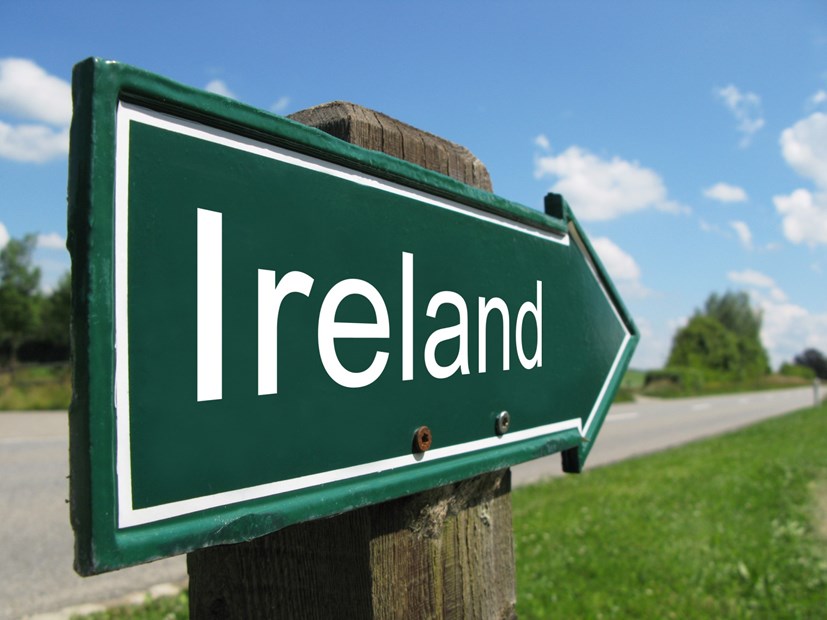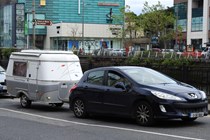Ireland is a fantastic place to drive for a holiday in one of the best cars. It’s only a relatively short hop across the Irish Sea and you’ll find historic cities and gorgeous scenery, criss-crossed by some incredible roads. But, because Ireland shares a land border with the UK, it’s easy to forget that it’s a foreign country and there’s a different set of laws for driving in Ireland.
There are many similarities between Ireland’s road rules of those of the UK, not least the fact that they also drive on the left, which does make it feel more familiar than driving in the rest of Europe. However, there are also many differences, some of them quite subtle.
So, it’s best to be forewarned and forearmed before heading for the ferry, and this is your guide to everything you need to know about driving in Ireland.
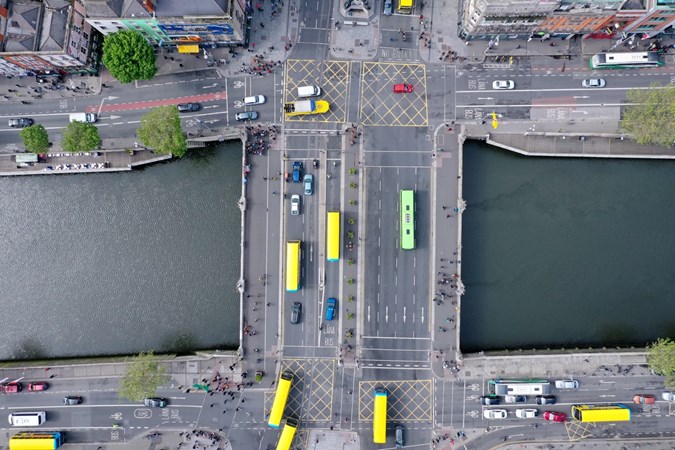
Rules of the road in Ireland
In common with the UK, Irish motorists drive on the left side of the road and overtake on the right. When turning onto a main road from a junction without traffic lights, cars approaching from both right and left have priority. If you’re turning onto a minor road, drivers coming from the right have priority. When you’re approaching a junction, give way to traffic turning out of it. Vehicles already on a roundabout have priority.
Drivers from the UK must hold a full, valid driving license and be aged over 17 years. International driving permits are accepted but not actually necessary.
Using a mobile phone while driving in Ireland is illegal.
All vehicle occupants must wear a seatbelt if one is available to them. The fine for not wearing a belt is €60 (£51). Drivers are held responsible for making sure all passengers under the age of 17 are belted in.
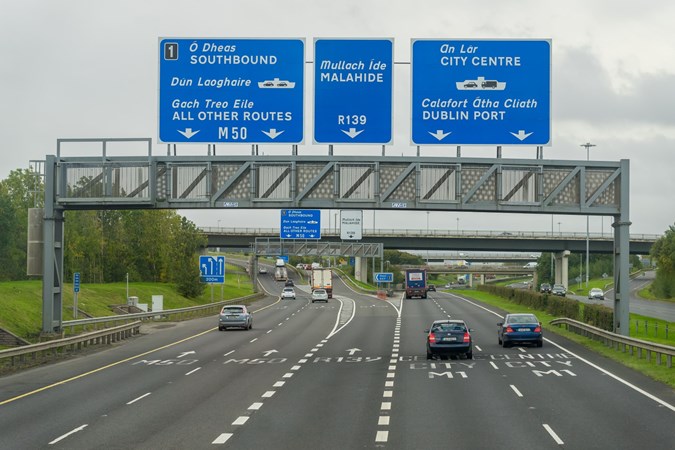
Ireland uses the metric system, so speed limits are shown in units of kilometres per hour, and distances are given in metres or kilometres. It can be easy to get caught out if you don’t notice you’ve crossed the border from Northern Ireland into the Republic of Ireland.
Across most of Ireland, signposts show place names and instructions in both English and Irish Gaelic. However, in areas where Gaelic is the first language, English is not shown. Fortunately, Irish road signs use the same format as those in the UK, so you should be able to interpret what the sign indicates, even you don’t understand the words.
Irish speed limits
The motorway speed limit in Ireland is 120kph (75mph), as it is across most of Continental Europe. Speed limits on single carriageway cross-country roads vary between 60kph (37mph) and 100kph (62mph) – prevailing speed limits are well signposted.
In built-up areas the standard speed limit is 50kph (31mph), though this can be reduced to 30kph (18mph) in residential areas and outside schools, as signposted.
If your car has a digital speedometer, you’ll be able to change it from miles per hour to kilometres per hour. The button to do so will be in the general vehicle settings menu, or among the satnav settings.
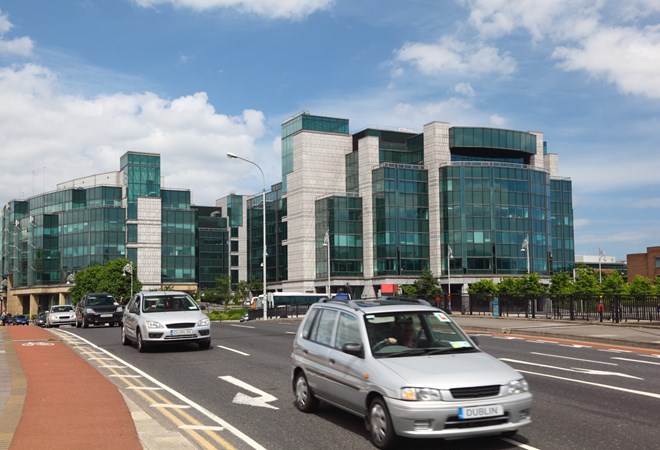
Speeding fines in Ireland
Somewhat unusually, Ireland currently imposes speeding fines at a flat rate of €80 (£68), regardless of how much the driver is exceeding the limit by. That may change in the coming years, though, as the Irish government is considering introducing a sliding scale whereby the fine increases with the severity of the offence.
Road tolls in Ireland
Drivers are charged a toll to use a number of Irish motorways and dual carriageways. The price for driving a car on these routes varies between €1.70 and €3.40 (approx. £1.45 to £2.90). Using the Dublin Tunnel costs €3.50 except during the hours of 6am to 10am, when it costs €12 (approx. £3.00 and £10.25 respectively).
You can pay at toll booths or get a Toll Tag. That’s a little electronic box that attaches to your car’s windscreen and is linked to your bank account. Every time you pass a toll ‘plaza’, the payment is automatically registered on your toll account and you’re billed at the end of the month. If you have a tag, look out for eToll lanes at the plazas – you can pass through without stopping.
Note that the M50 Dublin ring road is a ‘barrierless’ toll road. You can pay the toll by 8pm the following day on the eFlow website, or use a Toll Tag.
You can find full details of Ireland’s toll roads and open a Toll Tag account through the eToll website.
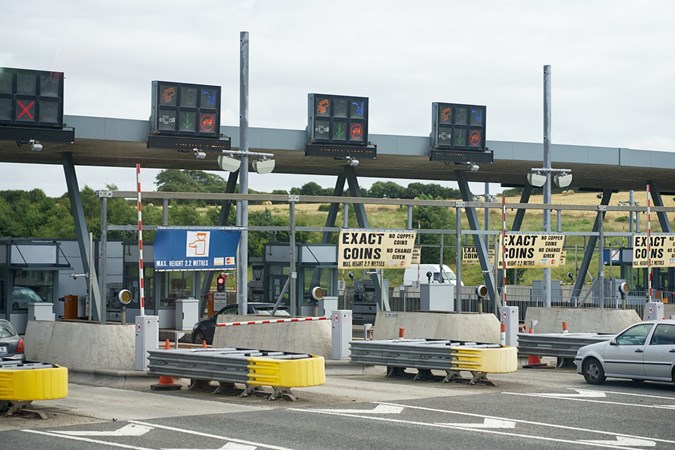
Using a speed camera detector in Ireland
It’s illegal to use any sort of speed camera detector in Ireland. If you have a standalone device, it’s best to leave it at home. If your sat nav shows speed camera locations, the function needs to be turned off. If you’re entering the Republic of Ireland from Northern Ireland, make sure you turn it off before you cross the border.
Drink driving laws in Ireland
One of the most popular reasons for going to Ireland is to explore its whiskey distilleries – and the Guinness factory, for that matter. But be careful you don’t imbibe too much before getting back behind the wheel. Ireland’s drink driving limit is considerably lower than that in force in England, Wales and – most importantly – Northern Ireland.
In Ireland, the drink driving limit is 0.05% – that’s 50 milligrams of alcohol per 100 millilitres of blood. By contrast, in Northern Ireland it’s 0.08%. The Garda (Irish police) can take a roadside breath test and occasionally set up checkpoints to conduct random testing.
It’d be wise to keep a breathalyser in your car to make sure you’re not over the limit before driving.

Low emissions zones in Ireland
There are currently no London-style low emissions zones in Ireland, however there are groups pressuring the Irish government to introduce one in Dublin.
What do I need when driving in Ireland?
In common with much of the rest of Europe, Ireland requires that drivers have certain items in their car at all times. They are:
- A full, valid driving license
- The car’s insurance certificate
- The car’s V5C registration document
- Spare bulb kit
- Fire extinguisher
- First aid kit
- Reflective warning triangle
There are no restrictions on taking meat and diary products or vegetables from the United Kingdom into Ireland, so your picnic should be safe.
Do I need a UK sticker to drive in Ireland?
Ireland doesn’t require that cars with UK registrations show a UK identifying sticker or number plate badge. Similarly, Irish cars aren’t required to show an IRL identifier in the UK, though it’s shown on all Irish number plates, anyway.
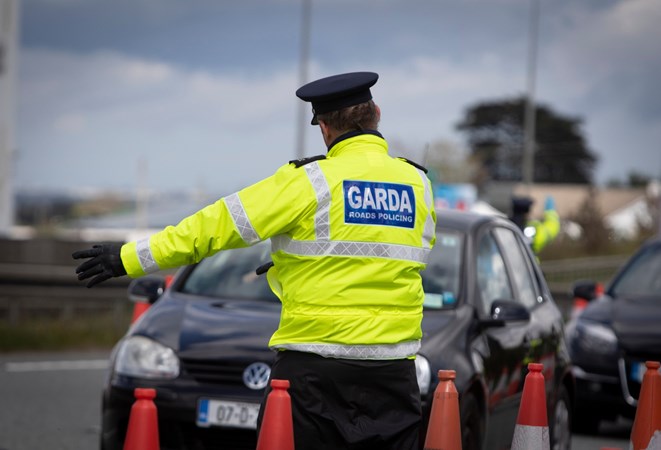
Winter tyre requirements in Ireland
Ireland has no legal requirement for winter tyres to be used in the colder months. However, some parts of the country can get very cold and snowy in winter so, if you are heading over there at that time of year, it’s advisable to have some winter tyres fitted to your car as a matter of course. At the very least, you should check your tyres’ tread depth to make sure there’s plenty left.
Emergency numbers in Ireland
Helpfully, Ireland uses the same emergency phone number as the UK – 999. The pan-European 112 emergency number works, as well. Call it and you’ll be connected to the local emergency services. Your car’s SOS call button will work in Ireland.
Towing in Ireland
All drivers with a UK license can tow a trailer or caravan, even if their license doesn’t show the BE classification on the back. As such, they can also tow in Ireland.
The vehicle/trailer combination can be a maximum of 18.75 metres long and 2.55 metres wide. If the trailer/caravan is wider than the car, extended side mirrors must be fitted. It’s not legal to tow a car on an A-frame in Ireland – an appropriate trailer has to be used instead.

Car insurance in Ireland
UK-registered cars driven in Ireland must have at least third party car insurance. Uninsured cars can be seized by the police.
All UK car insurance policies include cover in European Union countries – including Ireland – for a limited period of time. It’s usually 90 days, but it can be as little as three days. Check the details of your policy or call your insurer before travelling. If your standard coverage isn’t sufficient for the whole trip, you should be able to add extra days at a cost.
If you have a crash, your insurer will work with a local recovery company to get your car returned to the UK for repair. Depending on what type of policy you have, you may also get a courtesy car to continue your trip.
Breakdown cover in Ireland
Ireland might be relatively close to the UK, but it can still cost thousands of pounds to get a broken car repatriated, so it’s best to have breakdown cover for your car.
Every UK breakdown service provides European coverage, though not with every policy. Check yours or call your service provider before travelling. If European coverage isn’t included on your policy, you’ll be able to buy it at extra cost. You can also add extra days if the coverage doesn’t last for the whole duration of your holiday.
If you have a breakdown, your provider will engage local contractors to recover your car and repair it if possible. If not, it’ll be repatriated back to the UK.
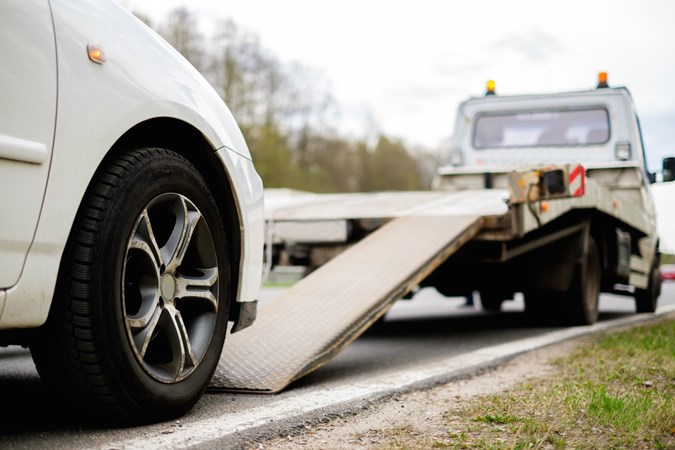
Just so you know, we may receive a commission or other compensation from the links on this website - read why you should trust us.


